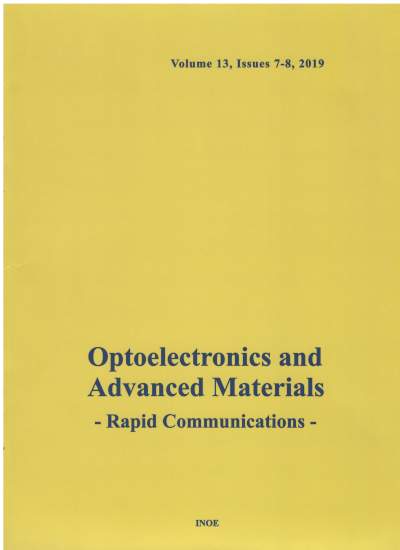Abstract
We apply the differential evolution algorithm (DE) to interrogate a fiber Bragg grating sensor network, where a multi-level
crossing detector comprising of reference gratings is used to track the sensor gratings which have the same Bragg
wavelength but different reflectivities. The DE algorithm uses a numerical model of the system and the data collected from
the network, for wavelength demodulation and direct extraction of the perturbation on each of the sensor. We show that the
estimated signals are in good agreement with the actual signals. The use of DE algorithm facilitates faster data collection
and offline interrogation.
Keywords
Fiber Bragg grating, Sensor array, Differential evolution algorithm.
Citation
M. K. VENU, R. MALLIPEDDI, P. N. SUGANTHAN, Fiber Bragg grating sensor array interrogation using differential evolution, Optoelectronics and Advanced Materials - Rapid Communications, 2, 11, November 2008, pp.682-685 (2008).
Submitted at: Aug. 8, 2008
Accepted at: Oct. 30, 2008
